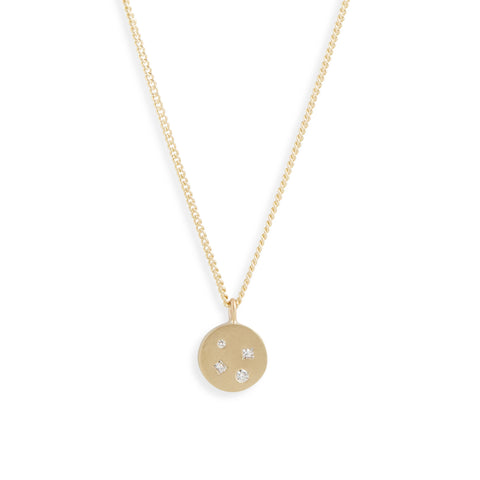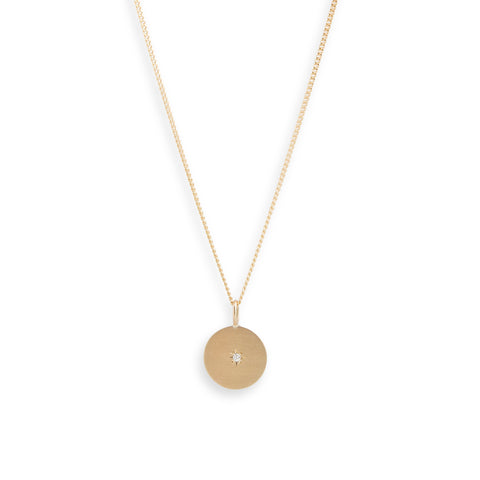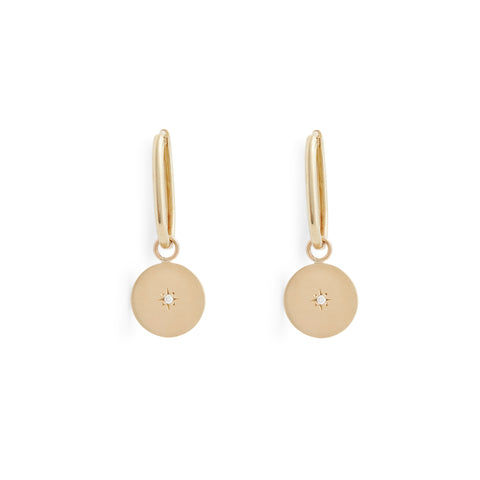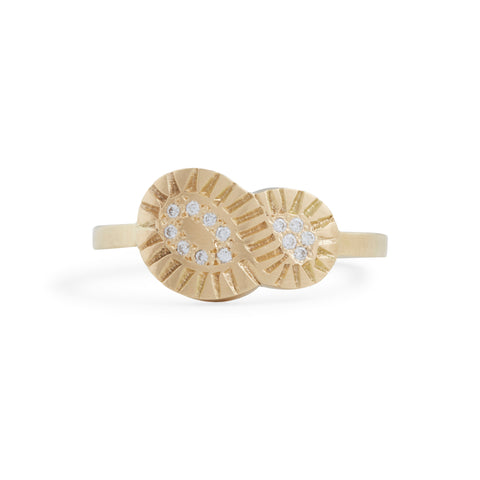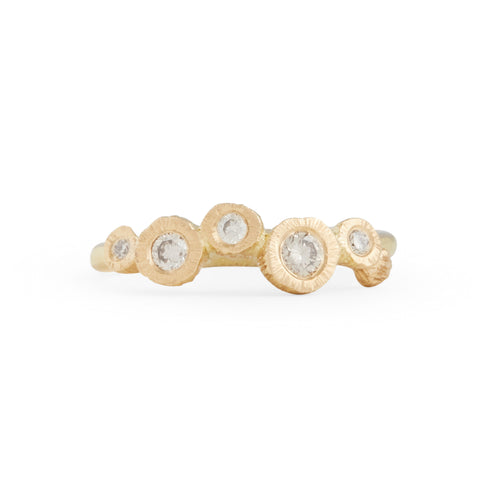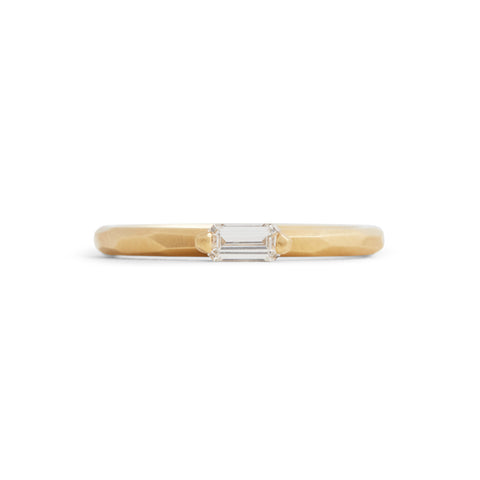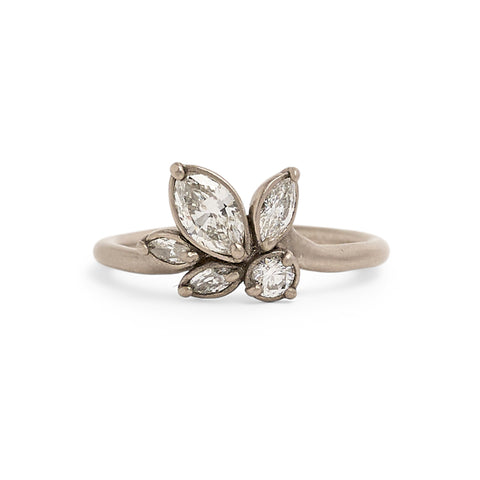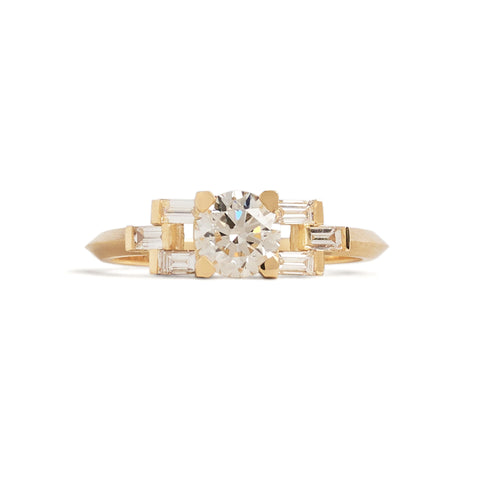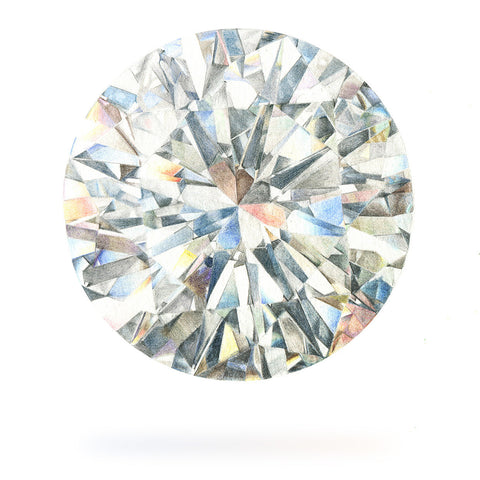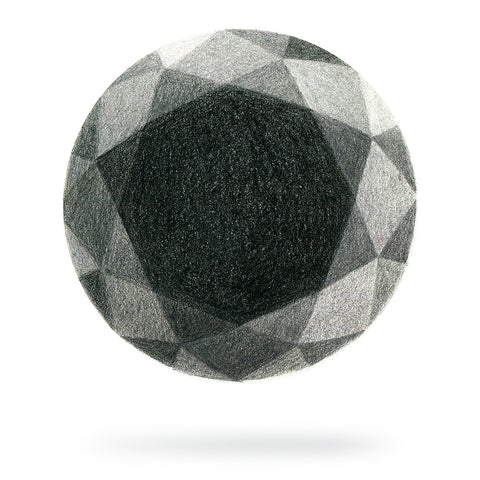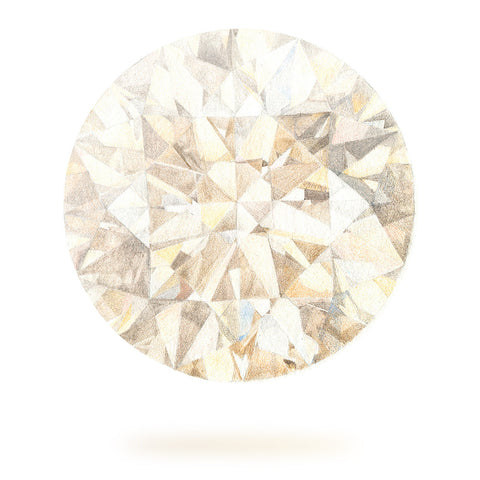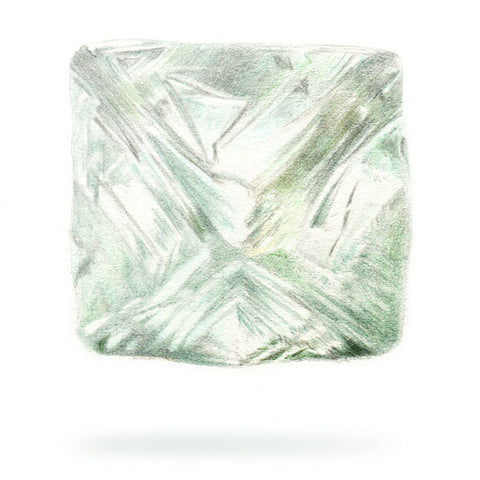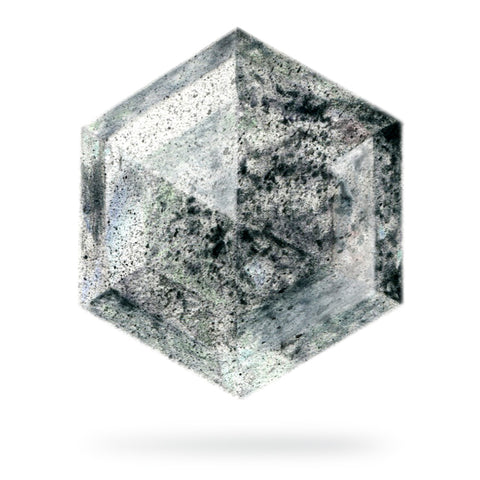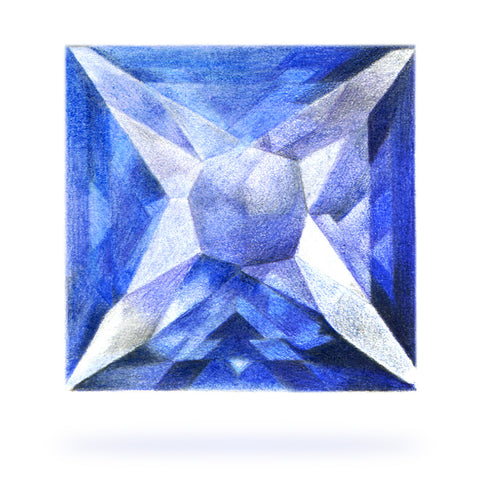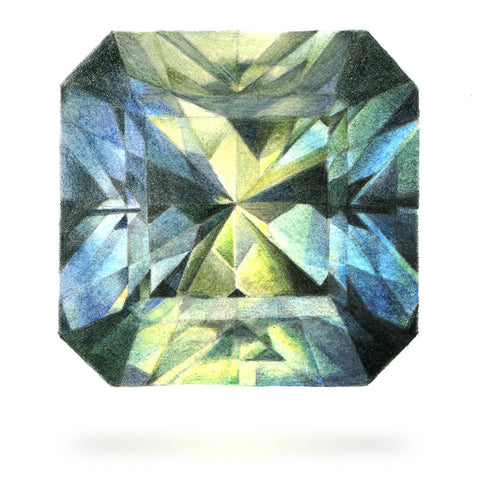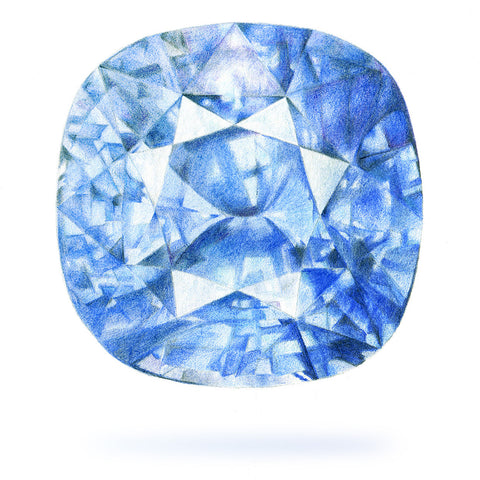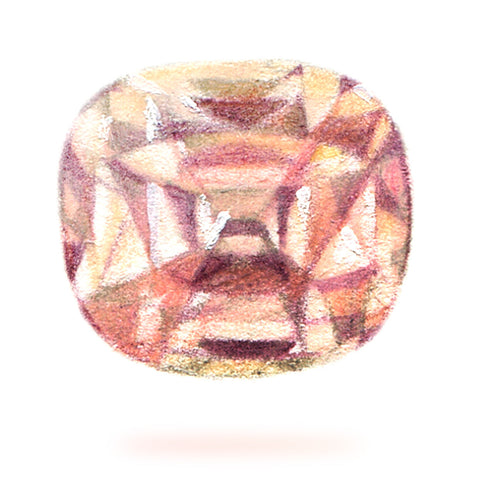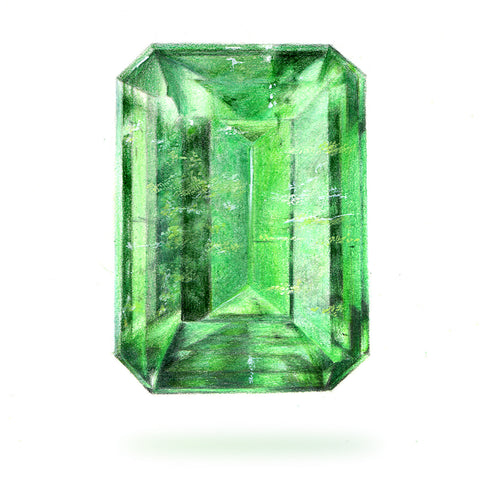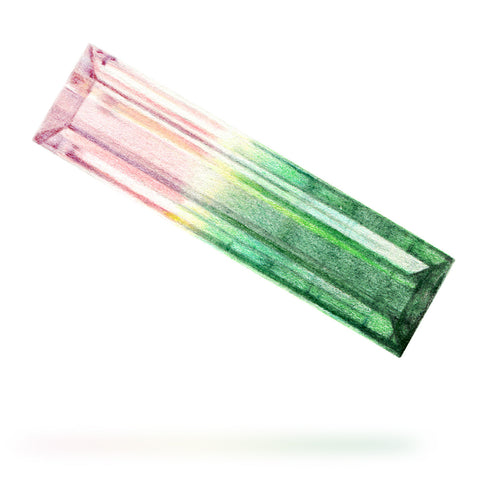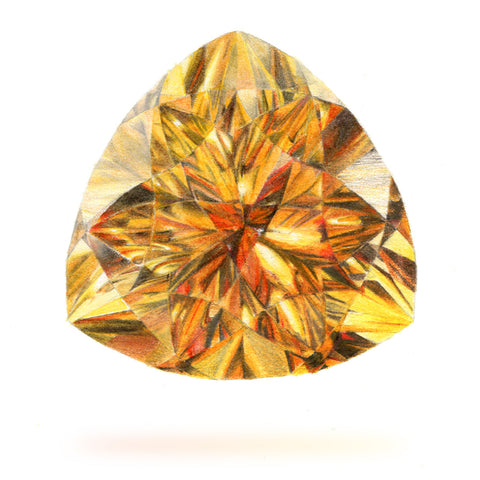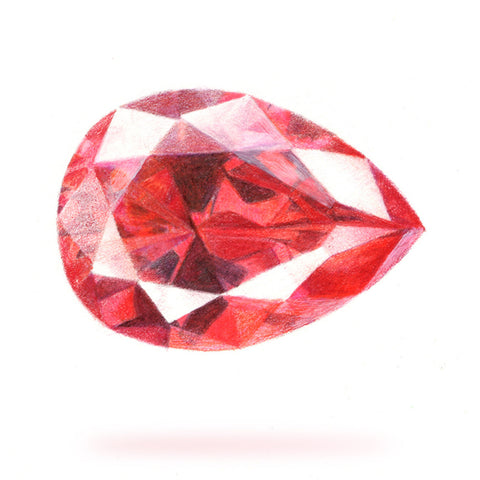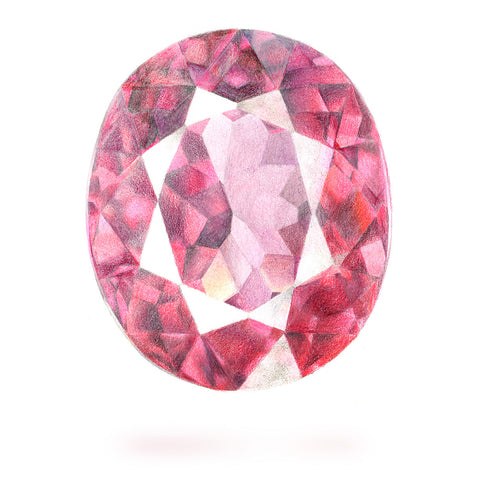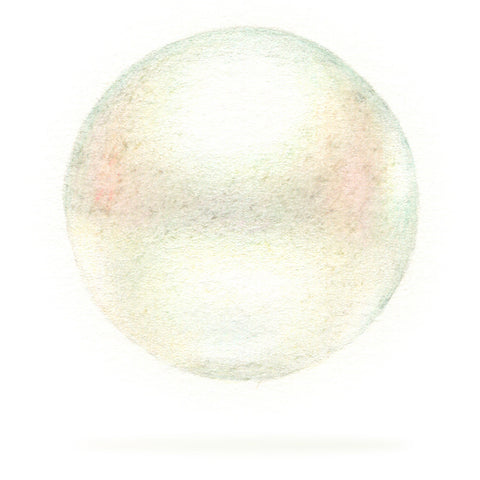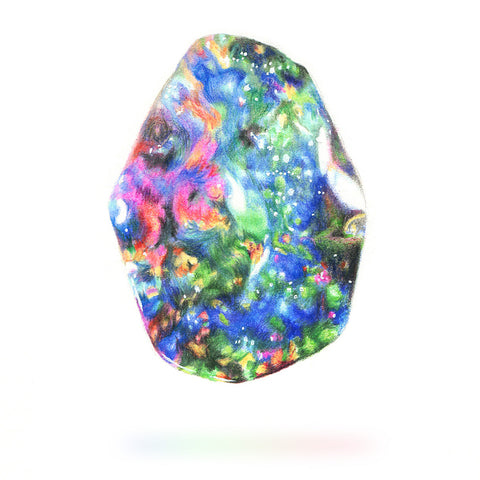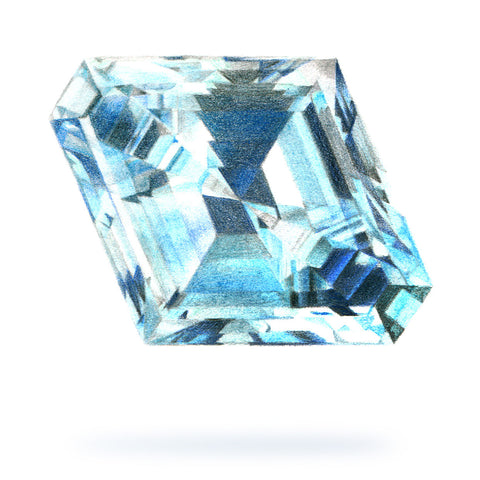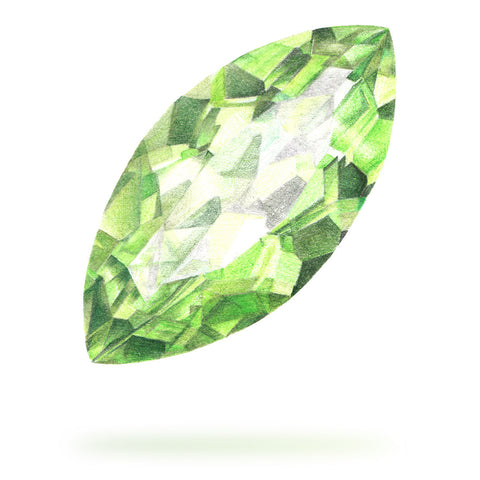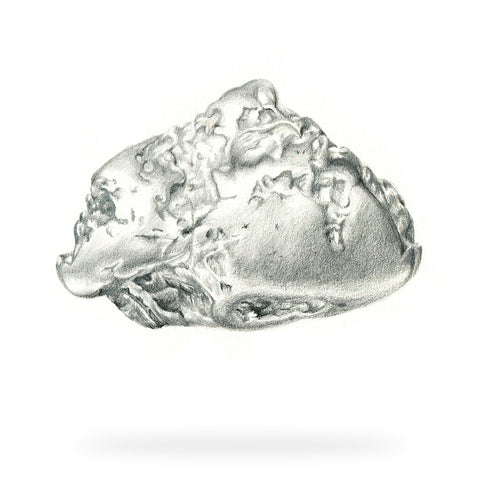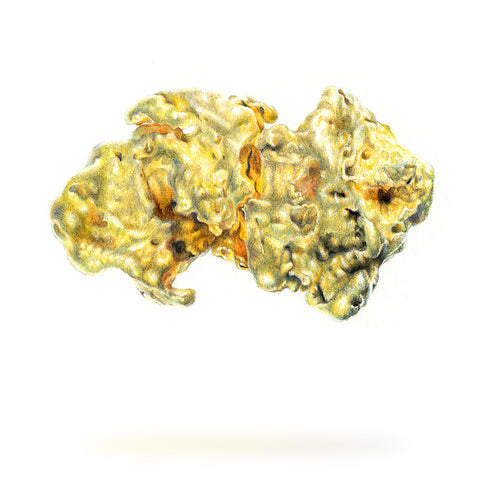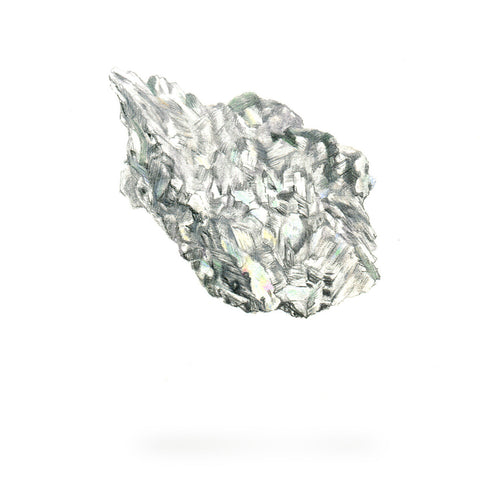White Diamond

One of the best loved minerals in the world, diamond is also the hardest. It's made of a single element, carbon, and is 58 times harder than any other naturally occurring material. A white diamond is valued for its colourless nature, brilliance and purity. Most diamonds are primeval - over a billion years old - and form deep within the earth under extreme pressure and heat.

- Mineral/Diamond
- Colour/Colourless
- Moh's Hardness/10
- Birthstone/April
- Anniversary/60th & 75th
GRADING
Diamonds are graded according to the 4 C's - clarity, colour, cut and carat weight.
Clarity - This is based on the number, size, position and type of inclusion visible under 10x magnification. Grading ranges from LC (loupe clear and flawless) to VVS1-2 (very very slightly included), SI1-2 (slightly included) and P1-2 (visibly included). Colour - for white diamonds, this follows an alphabetical scale and ranges from D (colourless and the most expensive) to Z (dark yellow and least expensive). Cut - this is the shape a diamond is cut to and affects its brilliance, scintillation and fire. There are many shapes available such as emerald, cushion and marquise cuts but the most popular is the round brilliant cut. Carat - this is the unit measurement for the weight of the diamond and hence its size. 1 carat is equal to 0.20 grams.
HISTORY
Diamonds have been prized throughout history as a precious gem and used in jewellery across many of the world's cultures. Historians believe they were first traded by the Indians as early as the 4th century BC and by the 1400s they had become fashionable in Western Europe with royalty and the elite. Their rarity, brilliance and hardness make them a highly valued gem.
The modern diamond market has grown out of the large deposits found in South Africa in the 1800s and since that time, they have been successfully marketed to the world as the most popular choice for engagement rings. World diamond mining has now expanded to include Australia (since 1985) and Canada (since 2000). Diamonds are also mined in other parts of the world including Russia, and other areas of Africa such as Botswana.
To address concerns about ethics in the diamond industry, in 2002 a coalition of governments, non-governmental organizations, and the diamond industry established the Kimberley Process. This international agreement works to control the export and import of rough diamonds in order to eliminate the trade in conflict diamonds. Today 99% of diamonds in the marketplace are considered conflict free and all of our artists work with diamond merchants who are signatories to the Kimberley Process.
CARE
We highly recommend diamonds for all types of jewellery but especially for rings as they are the most resistant to wear over time. A diamond is an excellent choice for longevity but be aware that any stone can break if it is hit hard enough, even a diamond. Wear all jewellery with care and avoid exposure to abrasive materials, harsh chemicals and extreme changes in heat.
To clean, soak your diamond piece in a dish of warm soapy water and use a soft toothbrush to gently brush away any built up residue. You can also use a jewellery cleaning cloth or professional jewellery cleaning products developed to be safe on diamonds. Professional jewellers like Pieces of Eight use an ultrasonic machine to clean your diamonds; bring them in for an annual clean and check.







